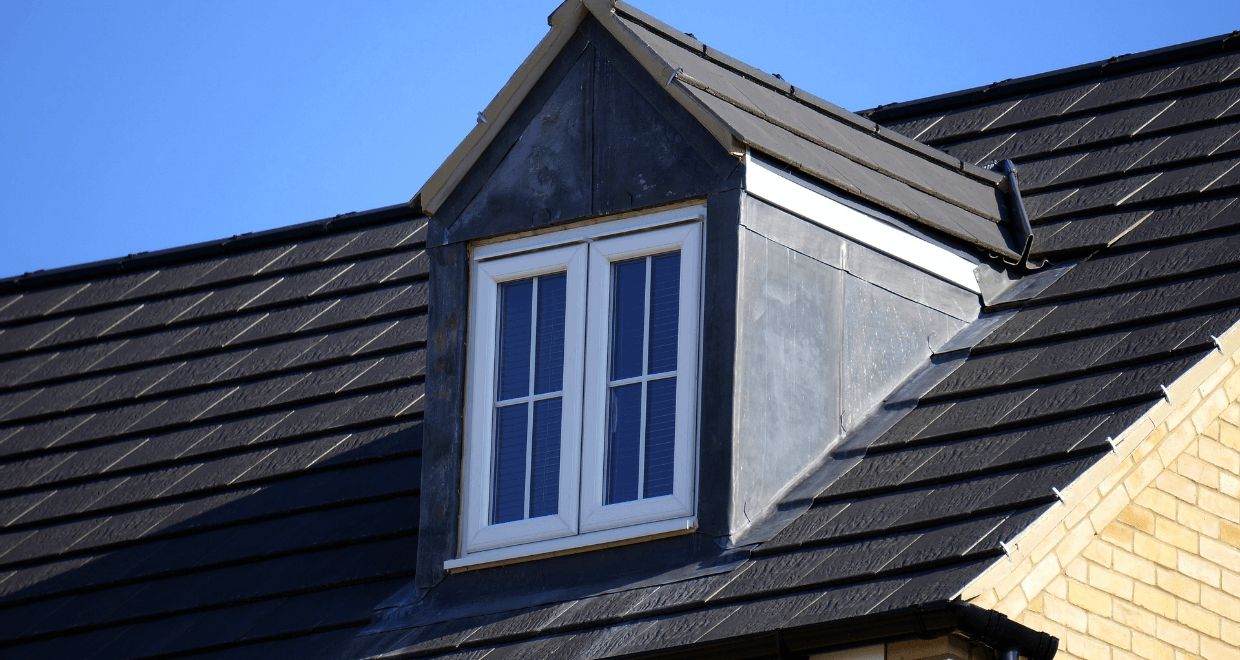

Articles
What Is Composition Roof
Modified: January 8, 2024
Discover the benefits of composition roofs with our informative articles. Learn about their durability, versatility, and cost-effectiveness for your next roofing project.
(Many of the links in this article redirect to a specific reviewed product. Your purchase of these products through affiliate links helps to generate commission for Storables.com, at no extra cost. Learn more)
Introduction
When it comes to protecting your home from the elements, one of the most important features is a strong and durable roof. With various roofing materials available, it can be overwhelming to choose the right one for your home. One popular option that has gained immense popularity in recent years is the composition roof.
A composition roof, also known as an asphalt shingle roof, is a type of roofing material made from a mixture of asphalt, fiberglass, and other additives. It is designed to mimic the look of traditional roofing materials like wood or slate, but at a more affordable price point.
Composition roofs have become the go-to choice for homeowners due to their numerous benefits. In this article, we will explore what exactly a composition roof is, its different types, advantages and disadvantages, maintenance requirements, cost considerations, and how to choose the right composition roof for your home.
So, if you’re considering a composition roof for your home or simply want to learn more about this popular roofing option, read on!
Key Takeaways:
- Composition roofs offer affordability, durability, and a wide range of styles, making them a popular choice for homeowners seeking a cost-effective and visually appealing roofing solution.
- Regular maintenance, budget considerations, and aesthetic preferences are crucial factors to consider when choosing the right composition roof for your home. Consulting with a professional roofing contractor can provide valuable insights for an informed decision.
Read more: How Long Does A Composite Roof Last
Definition of Composition Roof
A composition roof, also known as an asphalt shingle roof, is a type of roofing material made from a combination of asphalt, fiberglass, and other additives. It is the most common and popular roofing material used in residential buildings due to its affordability and versatility.
Composition roofs are manufactured in a factory and come in a wide range of colors, styles, and designs to suit different architectural styles and homeowner preferences. They are designed to resemble traditional roofing materials such as wood, slate, or tile, but without the higher cost and maintenance requirements associated with those materials.
The composition shingles that make up the roof are typically made of a fiberglass or cellulose mat coated with asphalt and mineral granules. This combination provides the shingles with strength, durability, and weather resistance.
One of the key advantages of composition roofs is their ease of installation. They can be installed quickly and efficiently, making them a popular choice for both new construction and roof replacement projects. Additionally, composition roofs are lightweight, which means they impose less structural stress on the roof framing.
Furthermore, composition roofs are known for their fire resistance. Most composition shingles are rated as Class A fire-resistant, which is the highest rating for fire resistance in roofing materials. This can provide homeowners with peace of mind and potentially lower insurance premiums.
Overall, a composition roof offers a cost-effective and visually appealing roofing solution that can protect your home for many years.
Types of Composition Roof
Composition roofs come in various types, each offering unique characteristics and visual aesthetics. Here are the most common types of composition roofs:
- 3-Tab Shingles: 3-tab shingles are the most basic and affordable type of composition roof. They are called “3-tab” because each shingle is divided into three tabs, giving the roof a uniform and clean look. These shingles have a flat and smooth appearance and are available in a range of colors.
- Architectural Shingles: Architectural shingles, also known as dimensional or laminated shingles, are more visually appealing compared to 3-tab shingles. They have multiple layers and are designed to mimic the appearance of natural roofing materials like wood or slate. Architectural shingles often have a textured and dimensional look, adding depth and visual interest to the roof.
- Luxury Shingles: Luxury shingles are high-end composition roofs that provide exceptional durability and aesthetics. These shingles are thicker and heavier than standard composition shingles. They often have enhanced features such as premium materials, intricate designs, and superior weather resistance. Luxury shingles are an ideal choice for homeowners who want a luxurious and long-lasting roofing solution.
- Impact-Resistant Shingles: Impact-resistant shingles are designed to withstand extreme weather conditions, including hail and wind. These shingles have a reinforced composition that provides additional strength and protection against impact damage. Impact-resistant shingles are a wise choice for homeowners living in regions prone to severe weather events.
- Solar Reflective Shingles: Solar reflective shingles are specially designed to reduce heat absorption by reflecting sunlight away from the roof. These shingles have a reflective coating that helps keep the home cooler, reducing energy consumption and lowering cooling costs. Solar reflective shingles are an excellent choice for homeowners in regions with hot climates.
It’s important to consider your budget, aesthetic preferences, and the climate in your area when choosing the type of composition roof for your home. Consulting with a roofing professional can help you determine the best option that meets your specific needs.
Advantages of Composition Roof
Composition roofs offer several advantages that make them a popular choice among homeowners. Here are some of the key advantages of choosing a composition roof for your home:
- Affordability: One of the primary advantages of composition roofs is their affordability. Compared to other roofing materials like wood or slate, composition roofs are more budget-friendly, making them a cost-effective choice for homeowners on a tight budget.
- Durability: Composition roofs are designed to withstand various weather conditions, including heavy rain, wind, and sunlight. The combination of asphalt, fiberglass, and other additives creates a durable and long-lasting roofing material that can endure for decades when properly installed and maintained.
- Wide Range of Styles: Composition roofs come in a wide variety of styles, colors, and designs, allowing homeowners to choose a look that matches their aesthetic preferences and complements the architectural style of their home. Whether you prefer a traditional look or a more contemporary style, there is a composition roof available to suit your needs.
- Easy Installation and Maintenance: Composition roofs are relatively easy to install compared to other roofing materials. Their lightweight nature makes the installation process quicker and more straightforward. Additionally, they require minimal maintenance, involving periodic inspections and gutter cleaning to ensure their longevity.
- Fire Resistance: Composition roofs are highly fire-resistant, providing an extra layer of protection for your home. Most composition shingles are rated as Class A fire-resistant, which can help prevent the spread of fires and potentially lower your insurance premiums.
- Energy Efficiency: Some types of composition shingles, such as solar reflective shingles, are designed to reflect sunlight and reduce heat absorption. This can help keep your home cooler during hot summer months, reducing the strain on your cooling system and lowering energy costs.
Overall, a composition roof offers a cost-effective, durable, and visually appealing roofing solution that can enhance the aesthetics and functionality of your home. It’s important to consult with a roofing professional to determine the best type of composition roof that meets your specific needs and preferences.
Disadvantages of Composition Roof
While composition roofs have numerous advantages, it’s essential to consider their potential drawbacks before making a decision. Here are some of the disadvantages of choosing a composition roof for your home:
- Shorter Lifespan: Unlike some other roofing materials like metal or tile, composition roofs have a relatively shorter lifespan. On average, composition roofs can last around 20 to 30 years, depending on various factors such as climate, maintenance, and the quality of the shingles used.
- Prone to Damage: Composition roofs can be more susceptible to damage compared to other roofing materials. They may experience issues like cracking, curling, and granule loss over time, especially in areas with extreme weather conditions or frequent temperature fluctuations.
- Limited Insulation: Composition roofs provide limited insulation compared to other materials like wood or concrete tiles. While they offer some level of thermal protection, additional insulation may be required to enhance energy efficiency and comfort levels in extreme climates.
- Environmental Impact: Composition roofs are made from petroleum-based materials like asphalt, which raises concerns about their environmental impact. The extraction and production process of these materials contribute to carbon emissions and the depletion of natural resources.
- Noisy: During heavy rains or hailstorms, the sound of raindrops hitting a composition roof can be quite audible inside the house. This noise can be bothersome for some homeowners, especially if they have sensitive sleepers or work from home.
- Limited Design Flexibility: While composition roofs come in a variety of styles and colors, they may not offer the same design flexibility as other materials like wood or metal. If you have specific design requirements or want a more unique appearance for your roof, alternative materials may be a better option.
It’s important to weigh the advantages and disadvantages of composition roofs and consider your specific needs, budget, and preferences before making a decision. Consulting with a roofing professional can provide valuable insights to help you make an informed choice.
When installing a composition roof, make sure to use the correct type of underlayment to provide an extra layer of protection against water infiltration. This will help extend the lifespan of your roof.
Read more: What Is Composite Decking
Maintenance of Composition Roof
Proper maintenance is essential to prolong the lifespan and ensure the performance of your composition roof. Here are some important maintenance practices to consider:
- Regular Inspections: Schedule regular inspections of your composition roof, preferably at least twice a year. Look for any signs of damage, such as cracked or missing shingles, curling edges, or granule loss. Additionally, check for any debris, moss, or algae growth that can affect the integrity of the roof.
- Cleaning the Gutters: Keep the gutters clean and free of debris to prevent water backup and potential water damage to the roof. Clogged gutters can cause water to overflow onto the roof, leading to moisture problems and deterioration of the shingles.
- Trimming Overhanging Branches: Trim any branches or foliage that overhang your roof. Falling branches or leaves can cause damage to the shingles and result in water penetration or increased moisture levels, leading to issues like rot and mold growth.
- Removal of Debris: Regularly remove any leaves, twigs, or other debris that accumulate on the roof’s surface. This debris can trap moisture and accelerate the deterioration of the shingles, impacting their performance and lifespan.
- Addressing Damaged Shingles: If you notice any damaged or missing shingles during your inspections, it’s crucial to address them promptly. Replace any cracked or broken shingles to prevent water infiltration and further damage to the roof.
- Preventing Moss and Algae Growth: If you live in an area prone to moss or algae growth, consider installing zinc or copper strips near the roof ridge. These strips release trace amounts of metals that prevent the growth of moss and algae, helping to maintain the cleanliness and longevity of the roof.
- Professional Roof Cleaning: If moss, algae, or other organic growth becomes a problem, it may be necessary to hire a professional roof cleaning service. They will use appropriate cleaning methods and solutions to safely remove the growth, restoring the appearance and integrity of the roof.
Remember to always prioritize safety while performing maintenance tasks on your roof. If you’re not comfortable or experienced with roof maintenance, it’s best to hire a professional roofing contractor who can efficiently handle the inspections and any necessary repairs or maintenance.
By following these maintenance practices, you can ensure that your composition roof remains in good condition, providing optimal protection for your home for years to come.
Cost of Composition Roof
The cost of a composition roof can vary depending on various factors such as the size and complexity of your roof, the type and quality of shingles chosen, and the region in which you live. However, composition roofs are generally known for their affordability compared to other roofing materials. Here are some factors to consider when estimating the cost of a composition roof:
- Roof Size and Complexity: The size of your roof is a significant factor in determining the overall cost. Larger roofs will require more materials, labor, and time to install, resulting in higher costs. Additionally, complex roof designs with multiple levels, slopes, and dormers may require additional labor and materials, impacting the final price.
- Shingle Type and Quality: Composition roofs offer a range of shingle options, each with different pricing. Basic 3-tab shingles are the least expensive, while higher-end architectural or luxury shingles will cost more. The quality of the shingles, such as their durability, warranty, and resistance to extreme weather conditions, can also impact the price.
- Removal and Disposal: If you are replacing an existing roof, the cost may include the removal and disposal of the old roofing materials. This additional labor and disposal fees will add to the overall cost.
- Labor Costs: The complexity of the installation and the local labor rates in your area will also affect the overall cost. Labor costs can vary significantly, so it’s advisable to obtain multiple quotes from reputable roofing contractors to compare prices.
- Additional Features: Additional features such as insulation, underlayment, or ventilation systems may be recommended or required for your composition roof. These features can add to the overall cost, but they can also enhance the energy efficiency, comfort, and longevity of your roof, making them worthwhile investments.
As a general guideline, the cost of a composition roof can range from $2 to $6 per square foot. This estimate includes both materials and installation labor. However, it’s important to remember that prices can vary significantly depending on the factors mentioned above as well as regional price differences and market fluctuations.
To get an accurate estimate for your specific roof, it is recommended to consult with several roofing contractors and obtain detailed quotes. Make sure to choose a reputable contractor with experience in installing composition roofs and ask for references and proof of insurance.
While composition roofs may not have the prestige or longevity of some premium roofing materials, they offer excellent value for the price point and can provide reliable protection for your home for many years.
Choosing the Right Composition Roof for Your Home
When it comes to choosing a composition roof for your home, there are several factors to consider to ensure you make the right decision. Here are some important considerations to help you choose the right composition roof:
- Budget: Determine your budget for a new roof and factor in the cost of materials, installation, and any additional features or upgrades. Set a realistic budget that aligns with your financial situation while still allowing you to get a quality composition roof.
- Aesthetic Appeal: Consider the overall aesthetic of your home and select a composition roof that complements its architectural style. Look at different colors, styles, and designs of composition shingles to find the one that enhances the curb appeal of your home.
- Durability: Look for composition shingles that are known for their durability and resistance to weather elements. Consider the climate in your area, including wind, rain, and temperature fluctuations, and choose shingles that can withstand these conditions. Higher-quality shingles often come with longer warranties, reflecting their durability.
- Energy Efficiency: If energy efficiency is a priority, consider solar reflective shingles that can help reflect heat away from your home, reducing energy consumption and cooling costs. These shingles have a reflective coating that can make a significant difference in hot climates.
- Fire Resistance: Check if the composition shingles you are considering are rated as Class A fire-resistant. This rating indicates superior resistance to fire, which can provide added safety and potentially lower insurance premiums.
- Manufacturer’s Reputation: Research the reputation and track record of the manufacturer whose shingles you are considering. Look for established manufacturers with a history of producing reliable and high-quality roofing products. Read customer reviews and talk to roofing professionals to get their insights on different manufacturers.
- Work with a Professional: Consult with a professional roofing contractor who can assess your specific roofing needs and provide expert recommendations. They can evaluate your roof’s condition, recommend the right type and style of composition shingles, and handle the installation process with precision and expertise.
Remember that choosing the right composition roof for your home is a long-term investment. Take the time to research and gather information, get multiple quotes from reputable contractors, and ask for references before making a decision.
By considering your budget, aesthetic preferences, durability requirements, and other factors mentioned above, you can confidently choose a composition roof that not only protects your home but also enhances its overall beauty and value.
Conclusion
Choosing the right roofing material is a crucial decision for homeowners, and composition roofs offer a compelling option. With their affordability, durability, wide range of styles, and ease of installation, composition roofs have become a popular choice for residential properties.
In this article, we explored what composition roofs are, the different types available, and their advantages and disadvantages. We also discussed the importance of regular maintenance to ensure the longevity and performance of your composition roof. Additionally, we touched on the cost considerations and factors to consider when choosing the right composition roof for your home.
While composition roofs may have a shorter lifespan compared to some other roofing materials, their affordability, versatility, and visual appeal make them an attractive choice for many homeowners. With proper maintenance and care, a composition roof can provide reliable protection for your home for years to come.
When it comes to selecting a composition roof for your home, it’s essential to weigh the factors that are most important to you, such as budget, aesthetic appeal, durability, energy efficiency, and fire resistance. Consulting with a professional roofing contractor can provide valuable insights and help you make an informed decision.
Remember, a composition roof is not just an investment in your home’s protection, but it also enhances its overall aesthetic appeal. By choosing the right type of composition roof and properly maintaining it, you can enjoy the benefits of an attractive, durable, and cost-effective roofing solution.
Now that you have a better understanding of composition roofs, take the time to explore your options, consult with experts, and make the choice that best suits your needs and preferences. A well-chosen composition roof will not only provide peace of mind but also add value and beauty to your home for years to come.
Frequently Asked Questions about What Is Composition Roof
Was this page helpful?
At Storables.com, we guarantee accurate and reliable information. Our content, validated by Expert Board Contributors, is crafted following stringent Editorial Policies. We're committed to providing you with well-researched, expert-backed insights for all your informational needs.
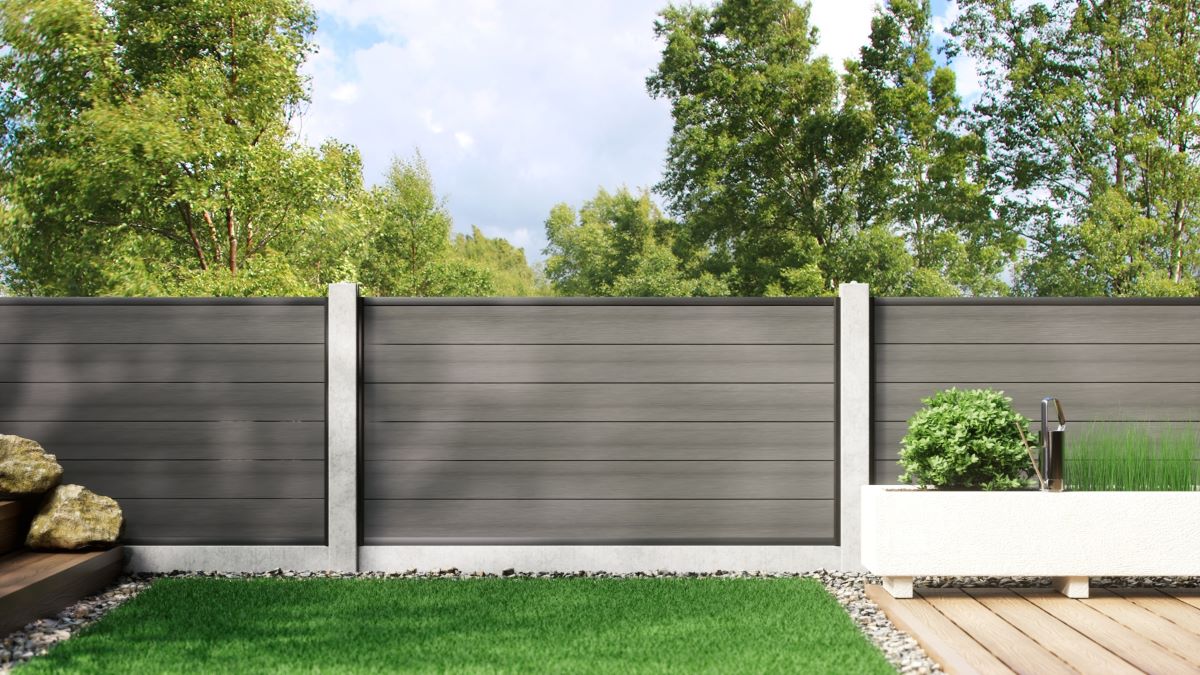
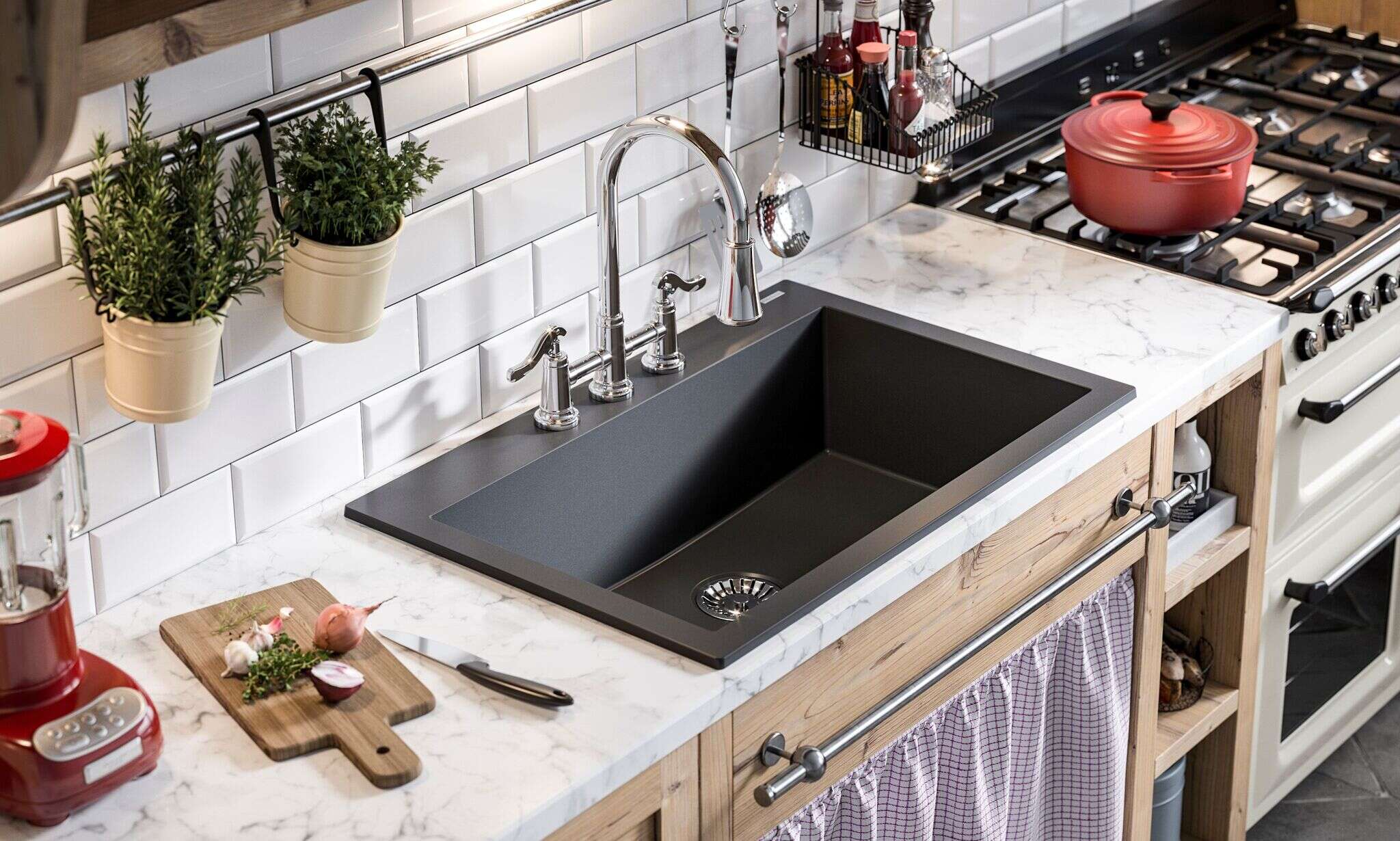
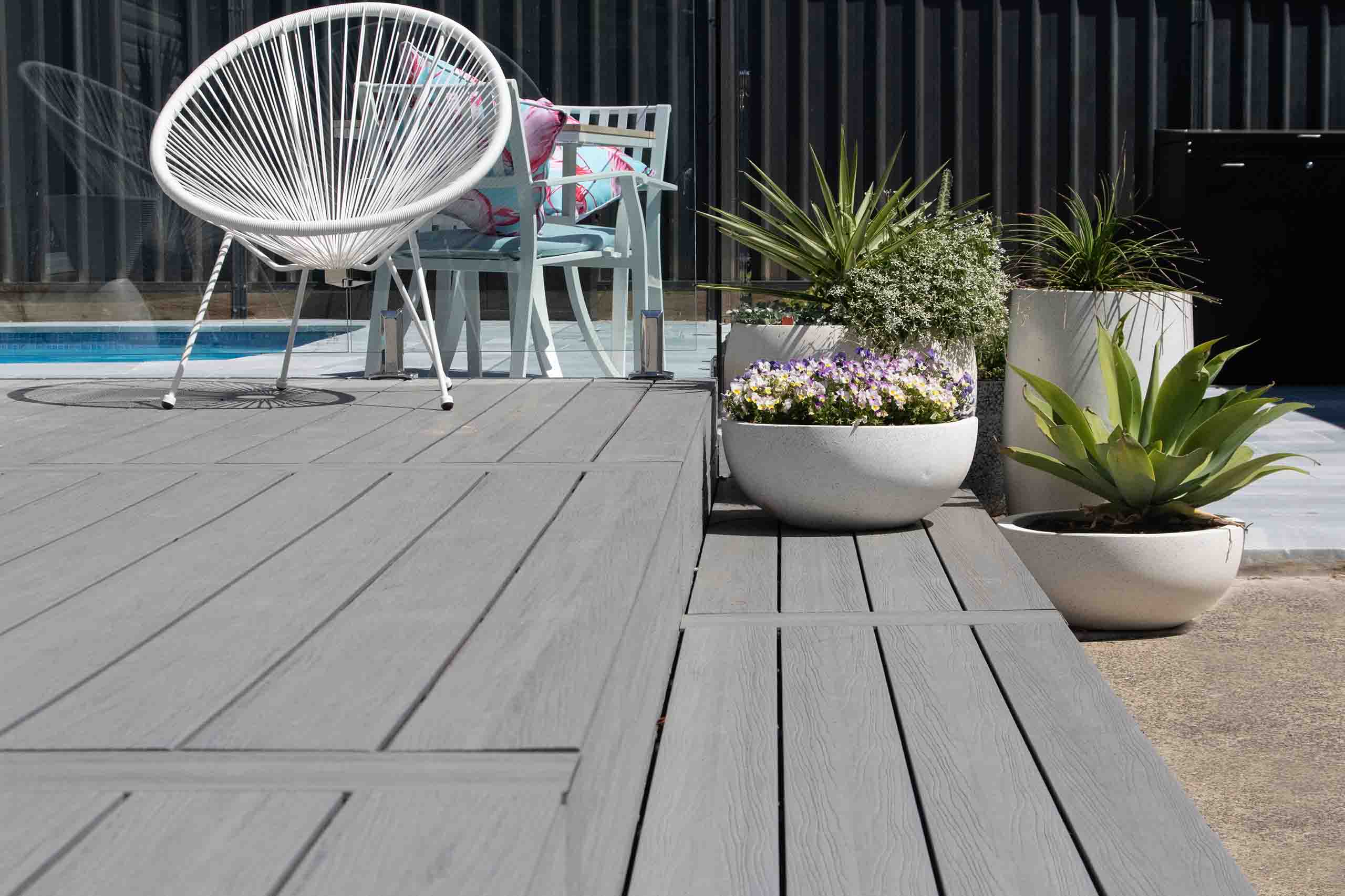
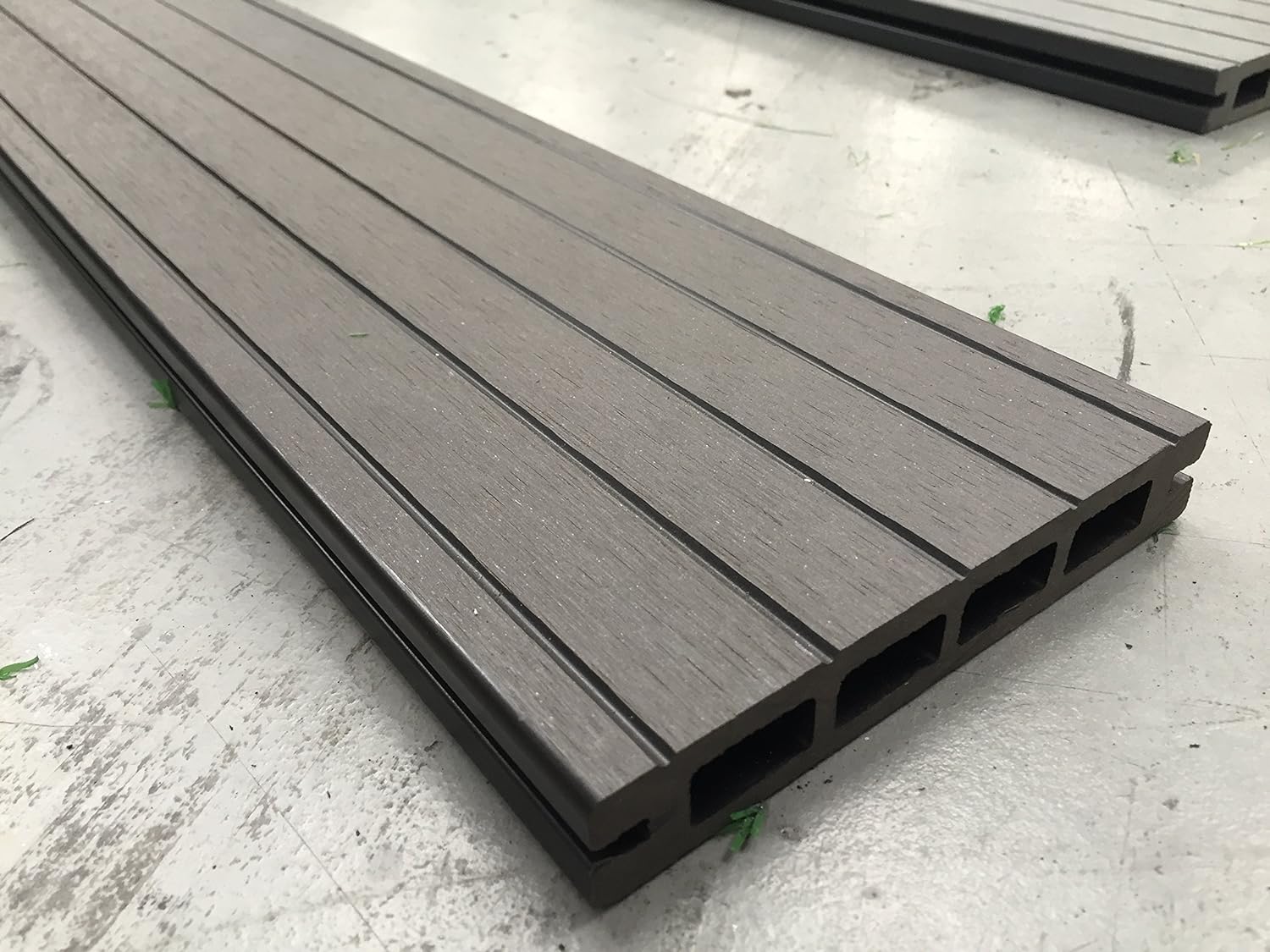
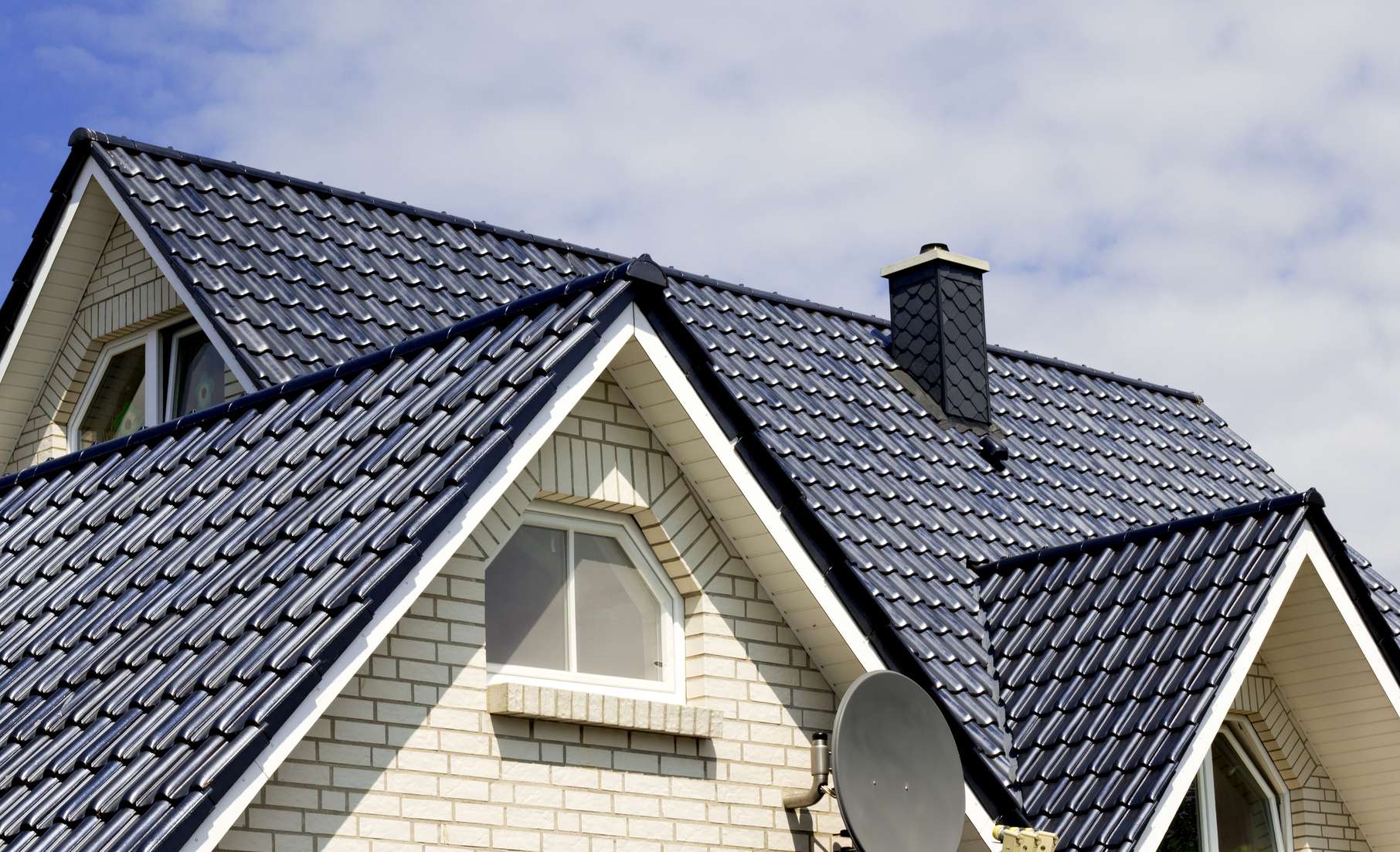
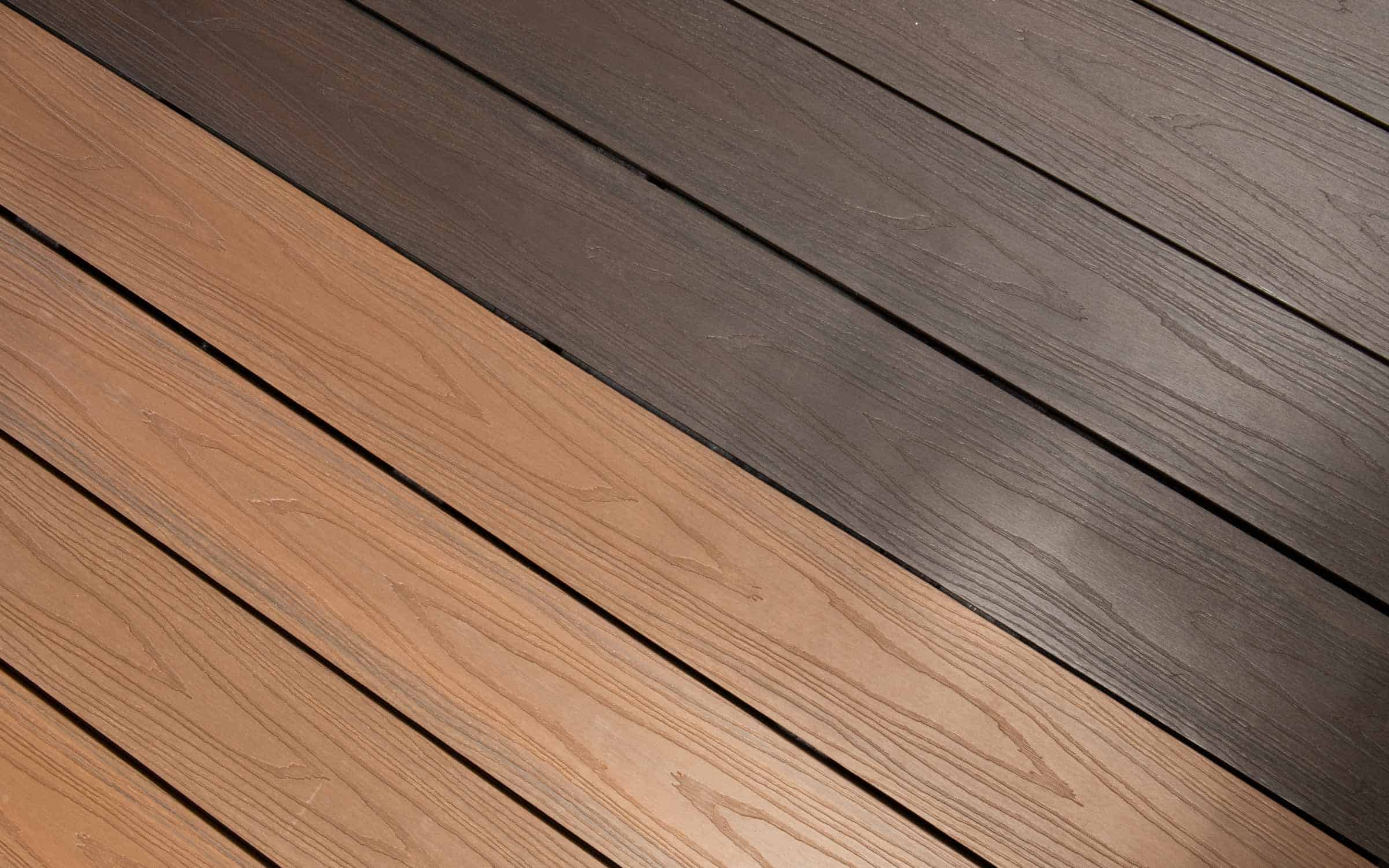
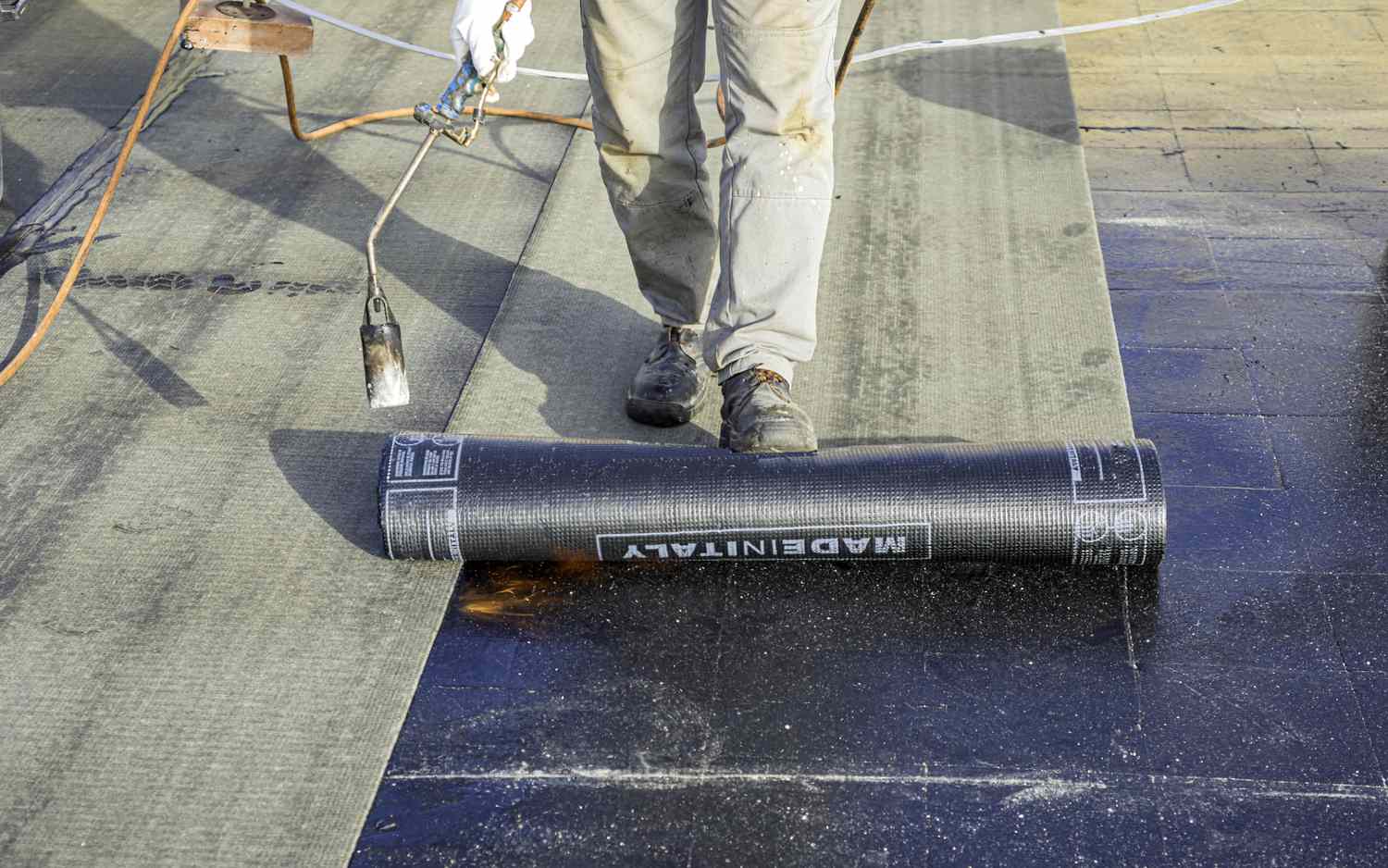

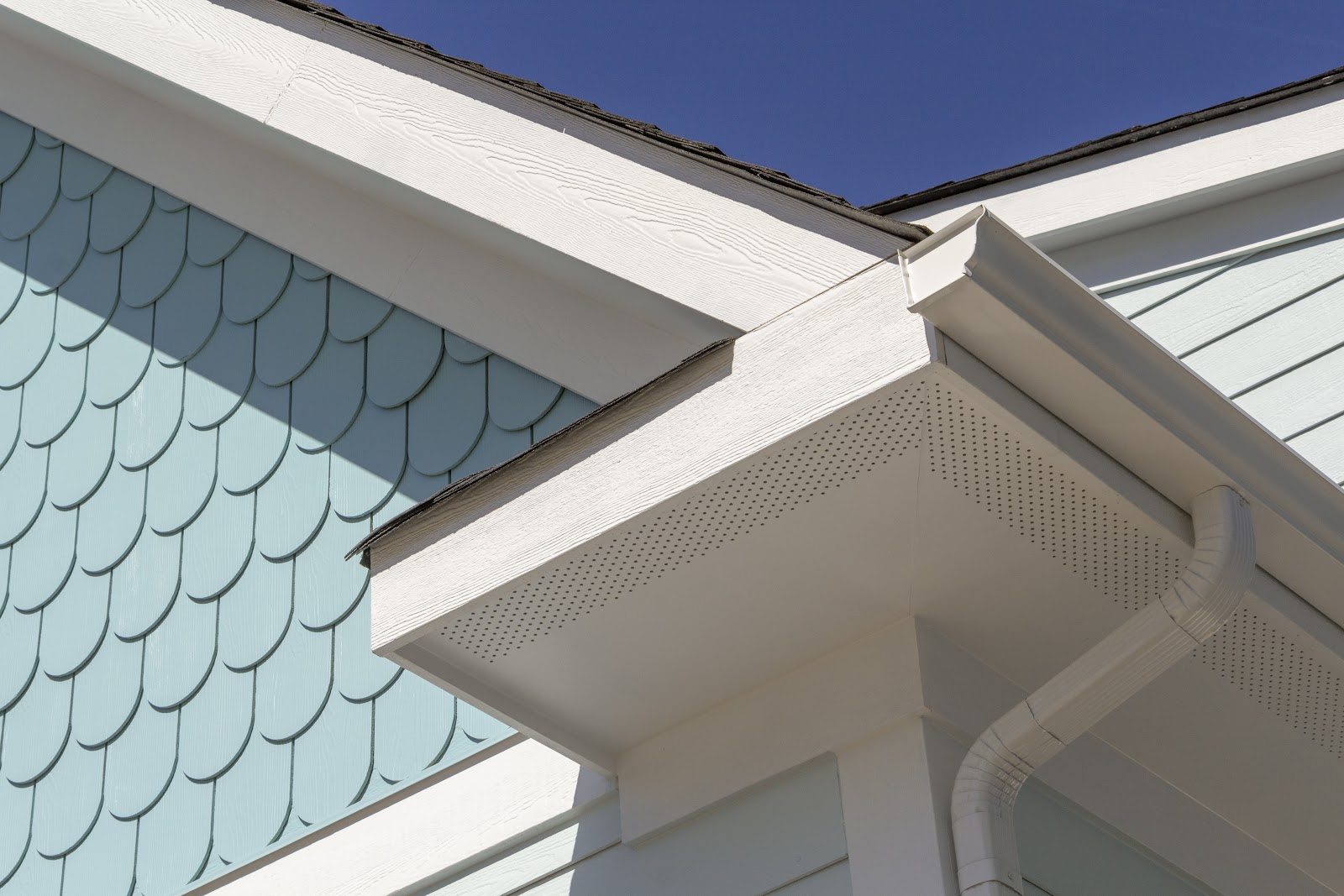
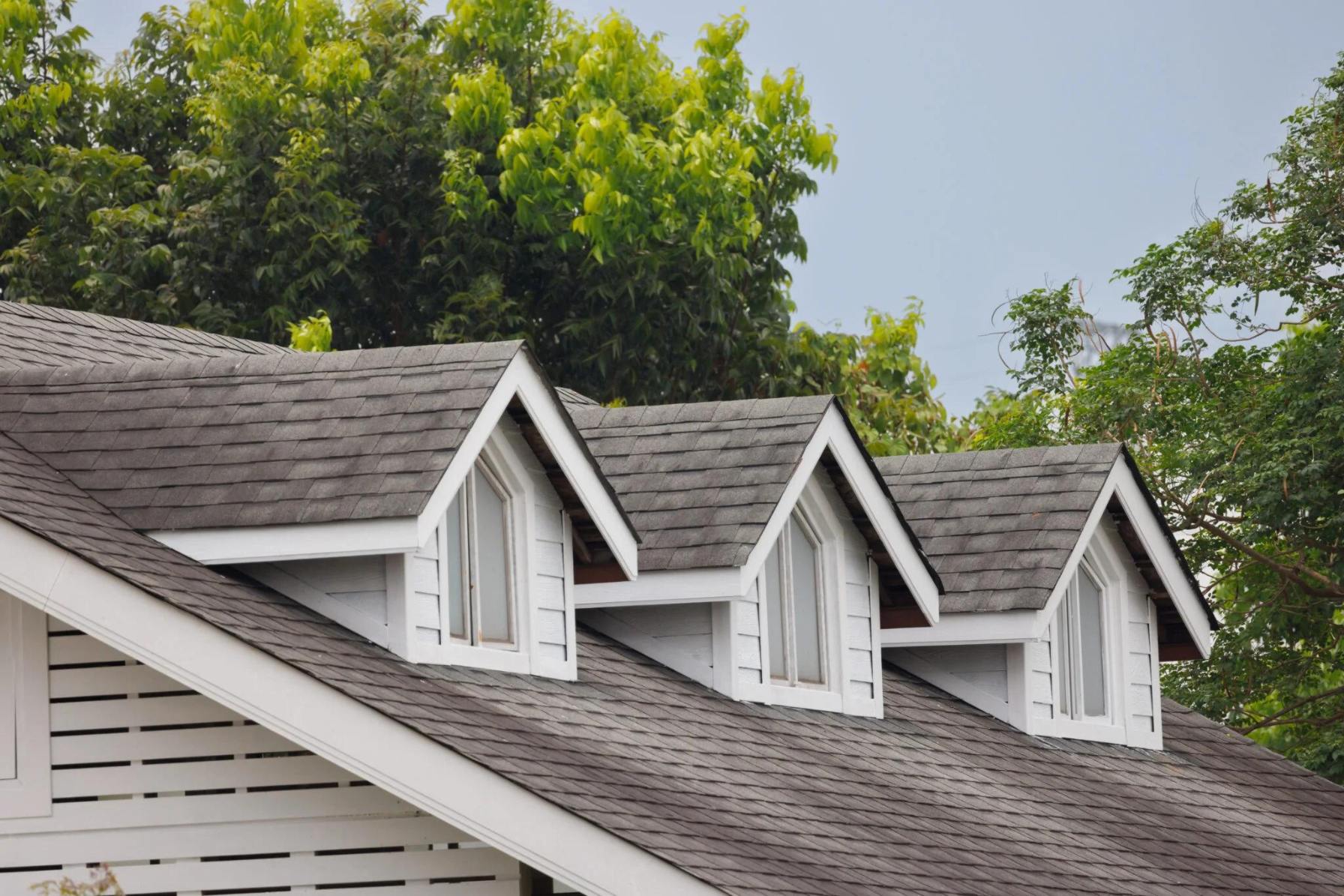
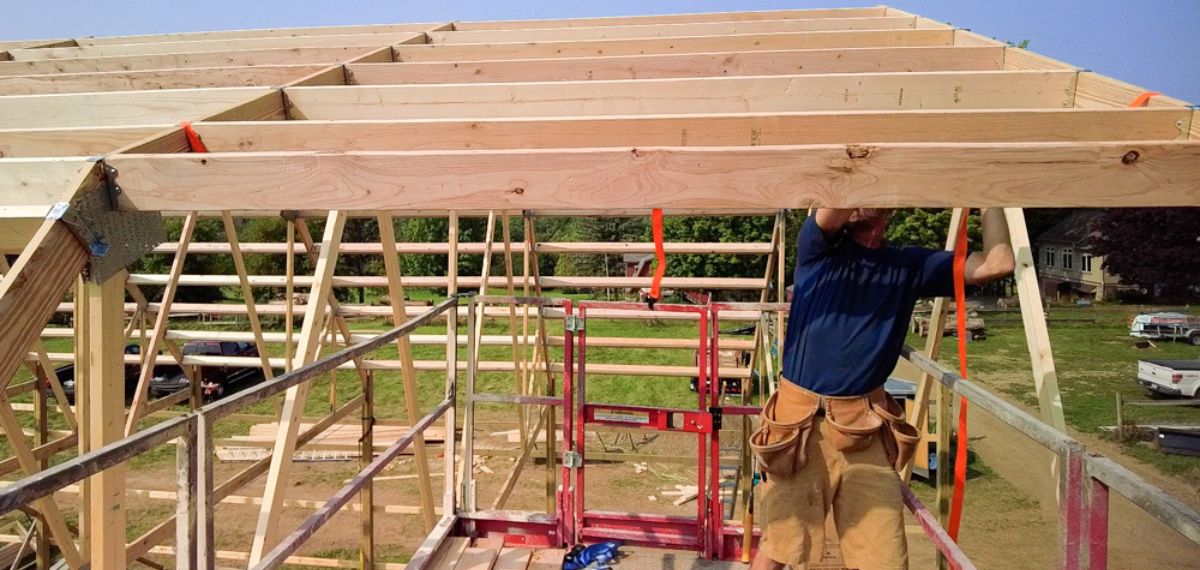
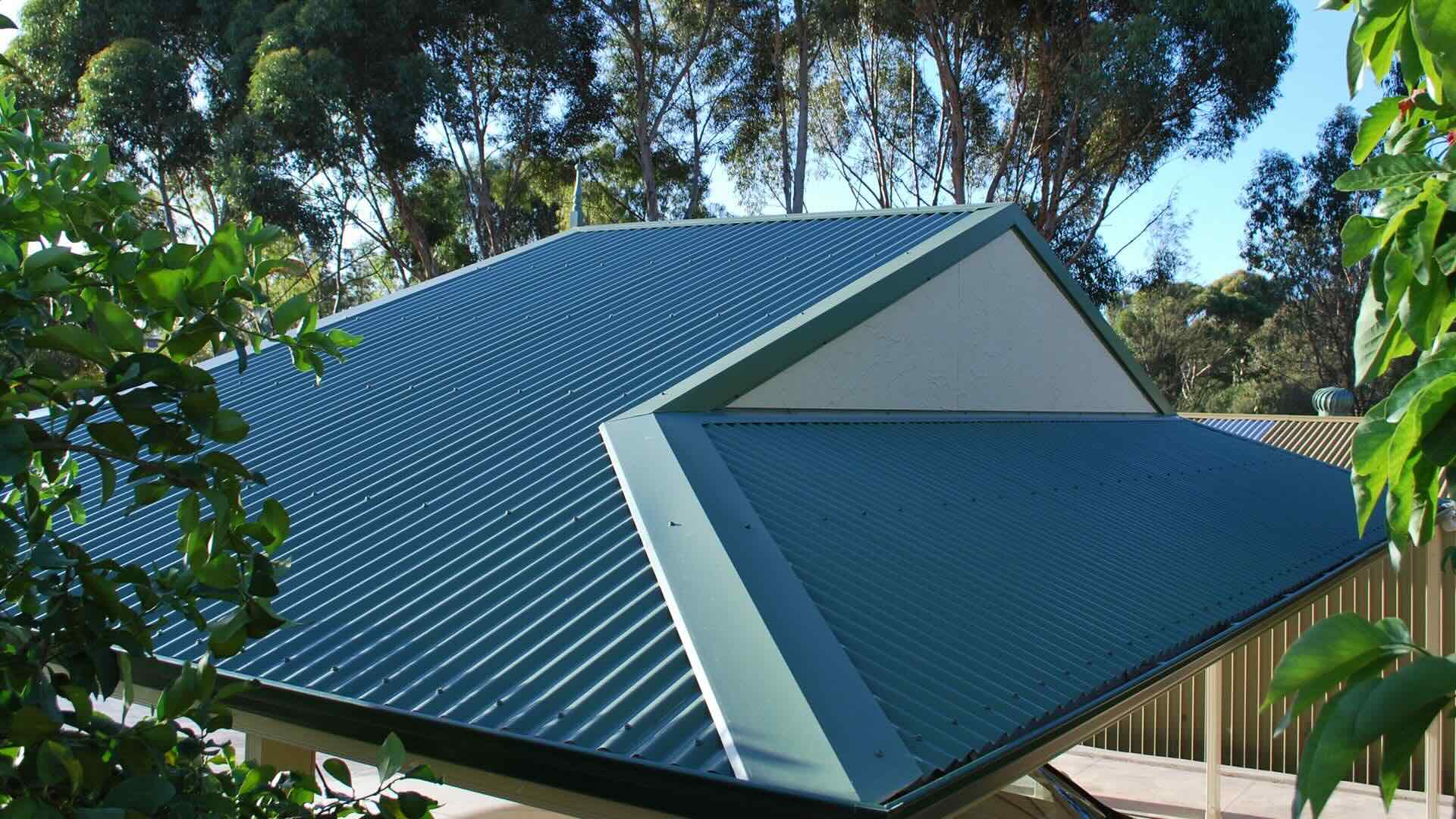
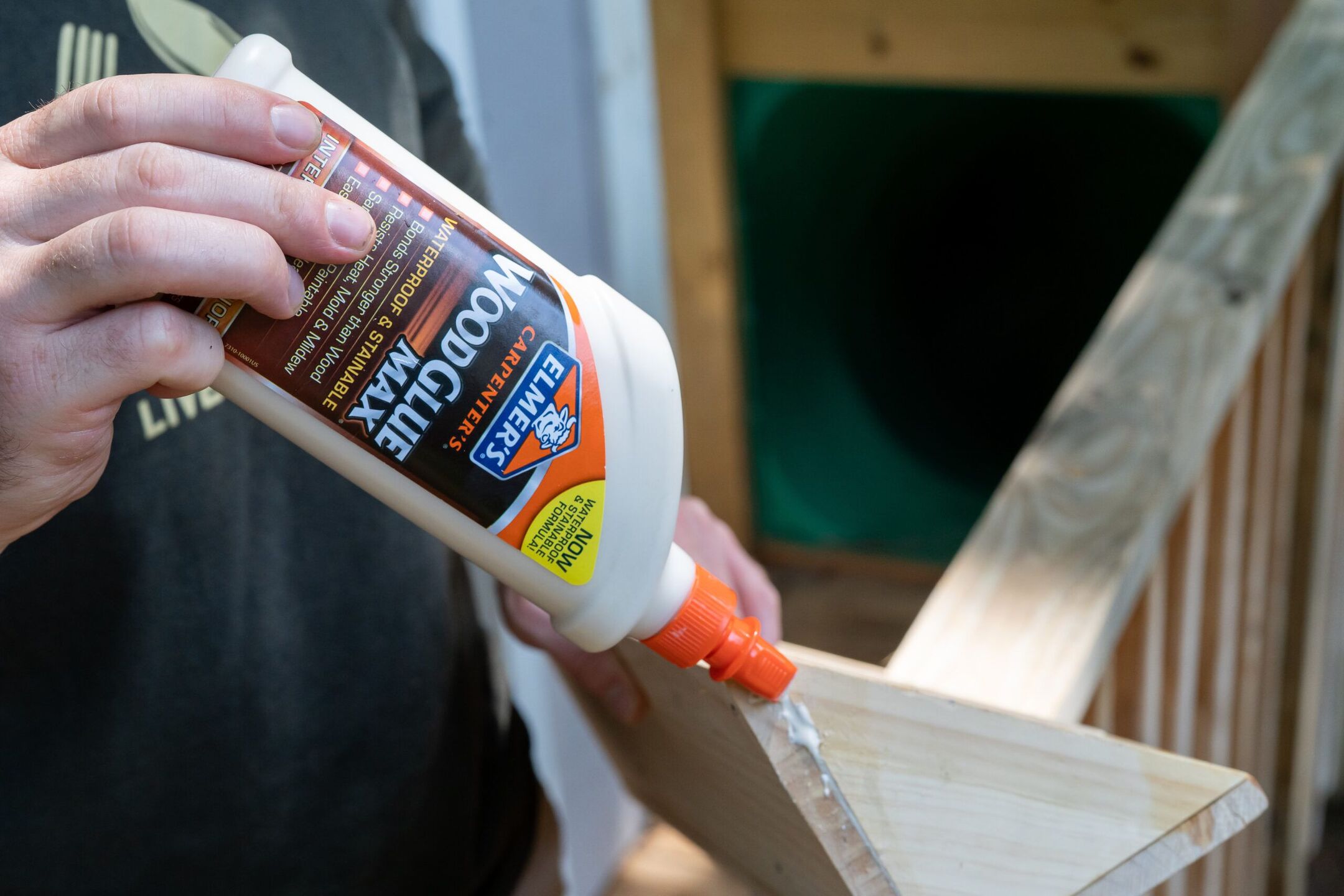
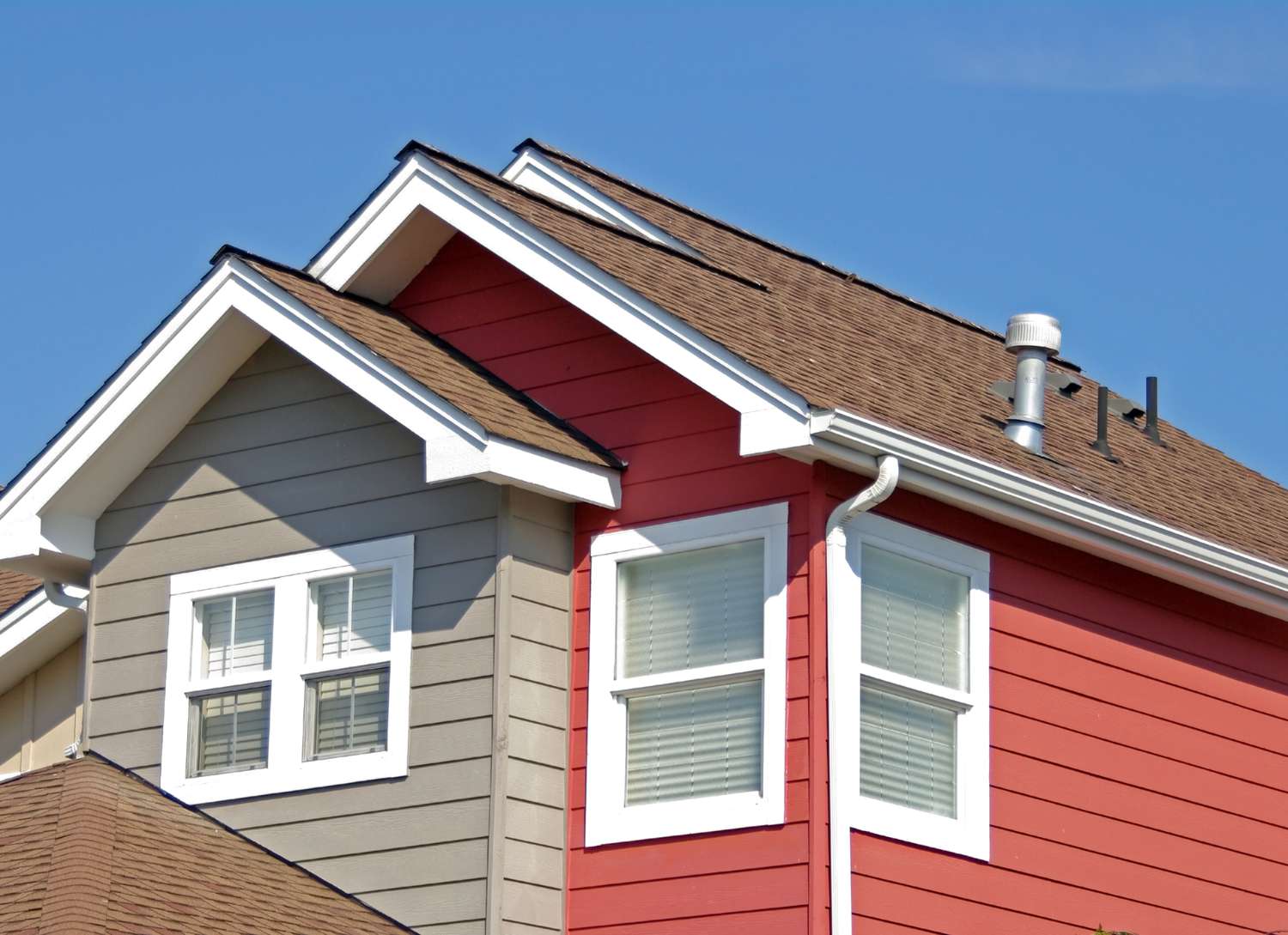

0 thoughts on “What Is Composition Roof”